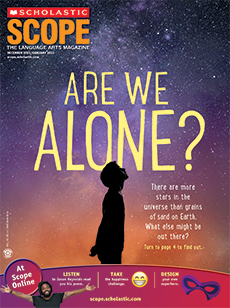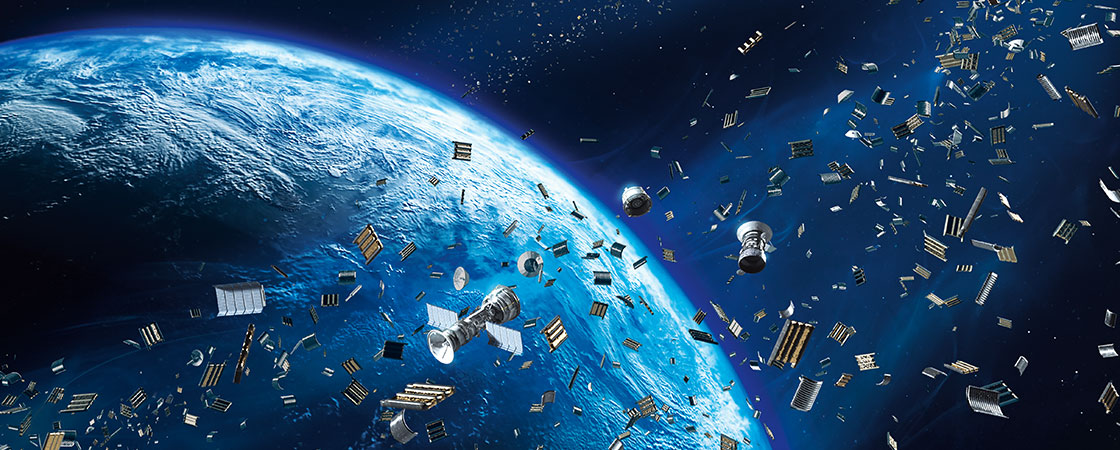It was December 3, 2021, and the astronauts aboard the International Space Station (ISS) were in trouble. An object hurtling through space was headed straight toward them. If it hit, the station would be obliterated.
Was this object a giant asteroid? Or a speeding comet? In fact, it was neither of those things. The object flying toward the ISS was a small piece of an old rocket that was launched into space 28 years ago.
In other words, it was a piece of space junk.

